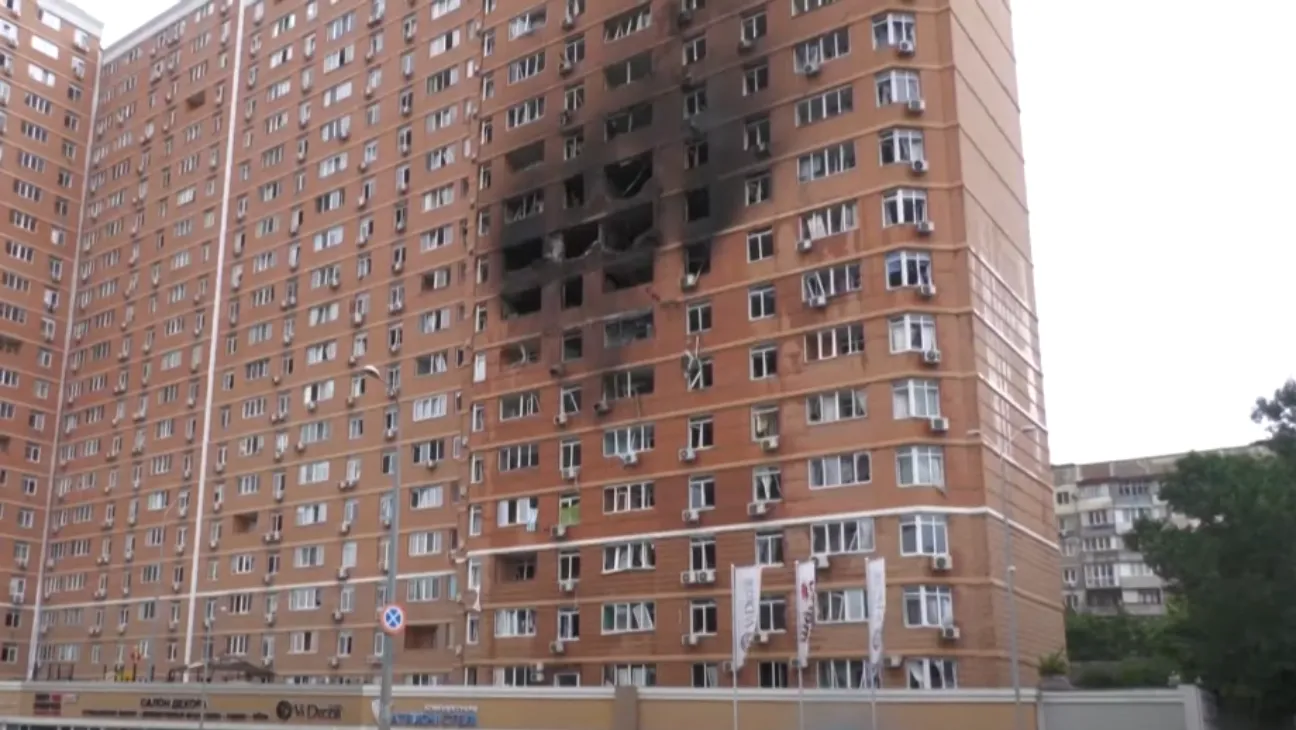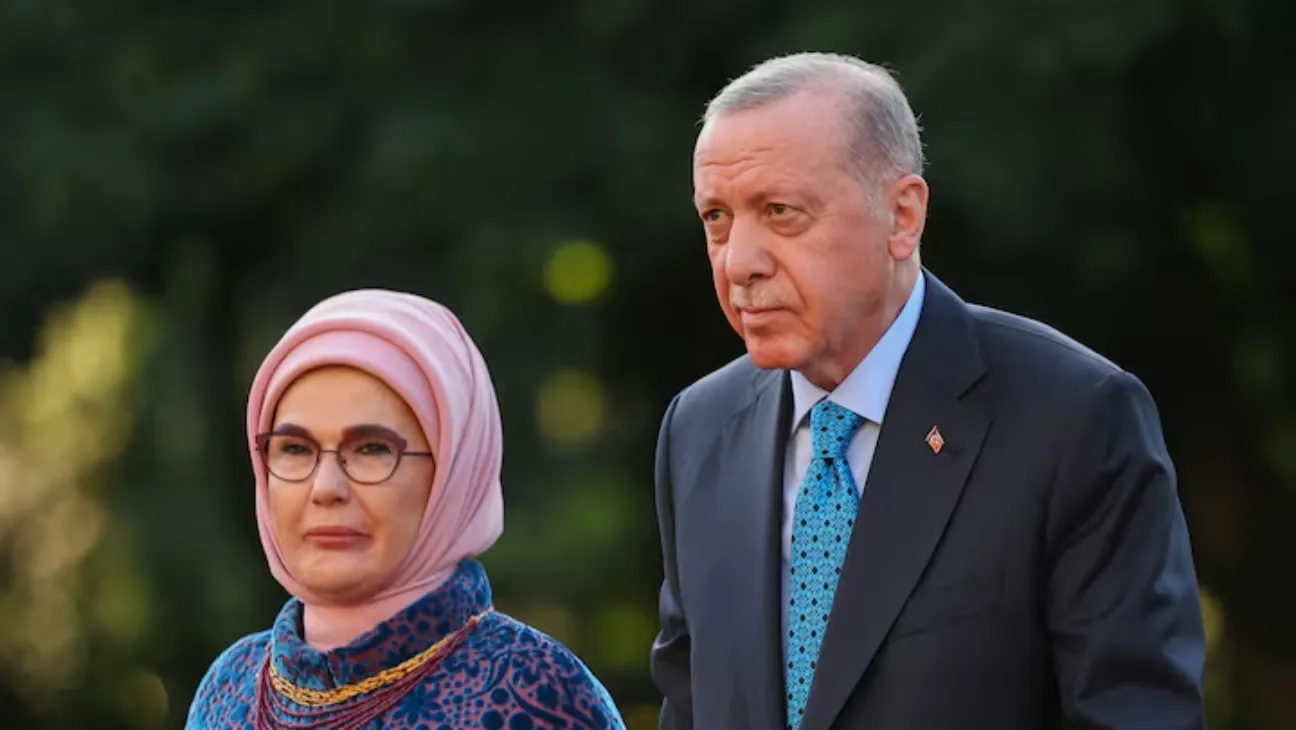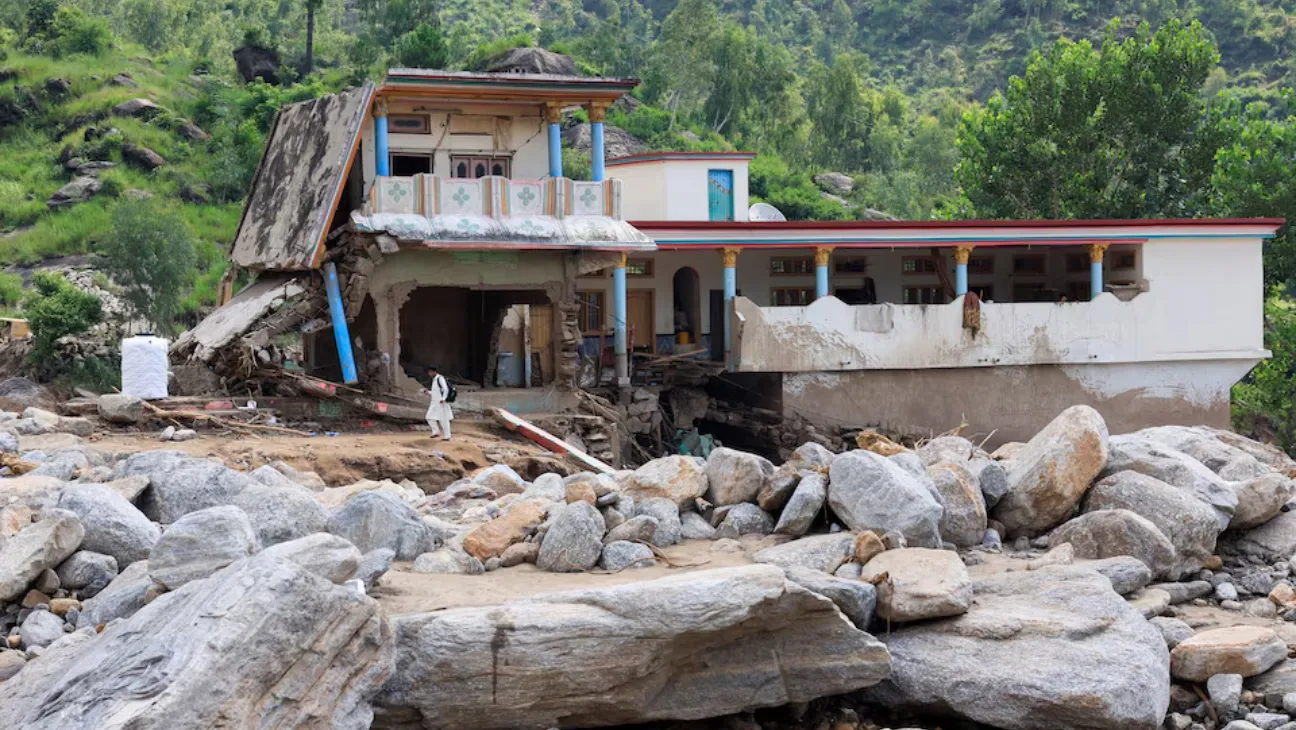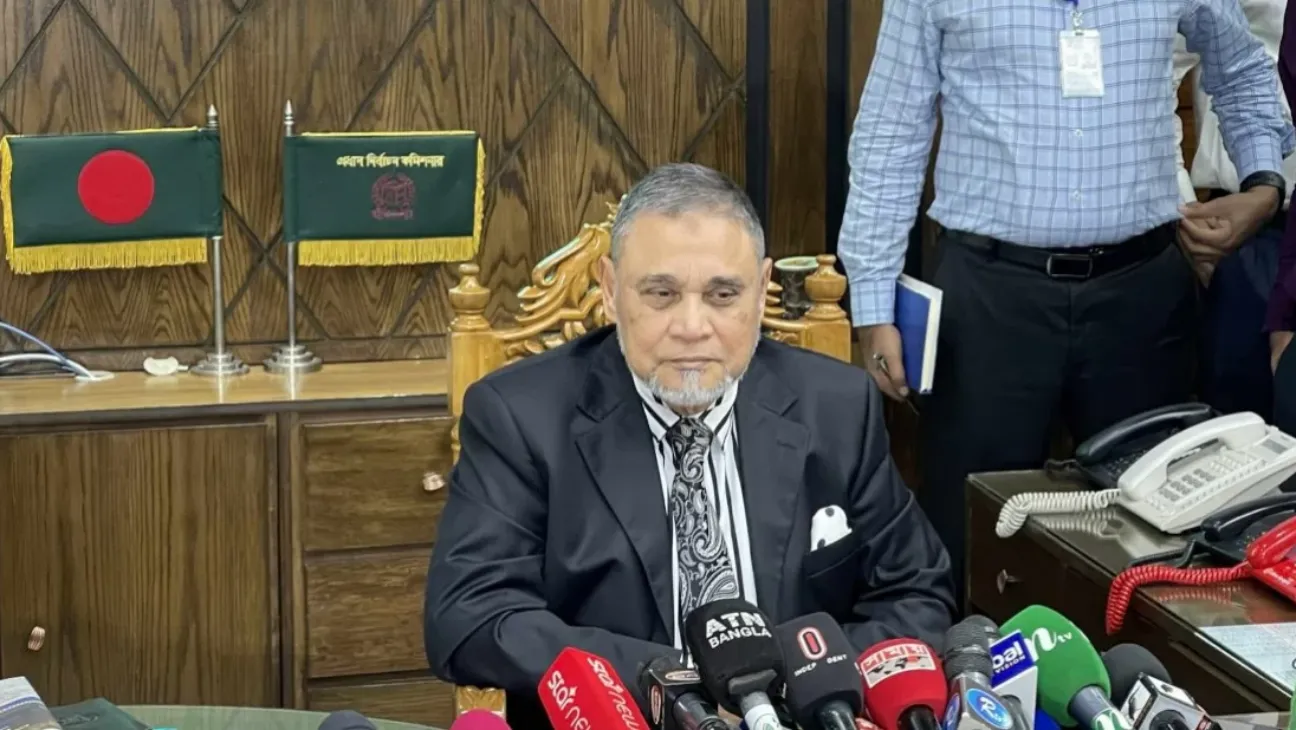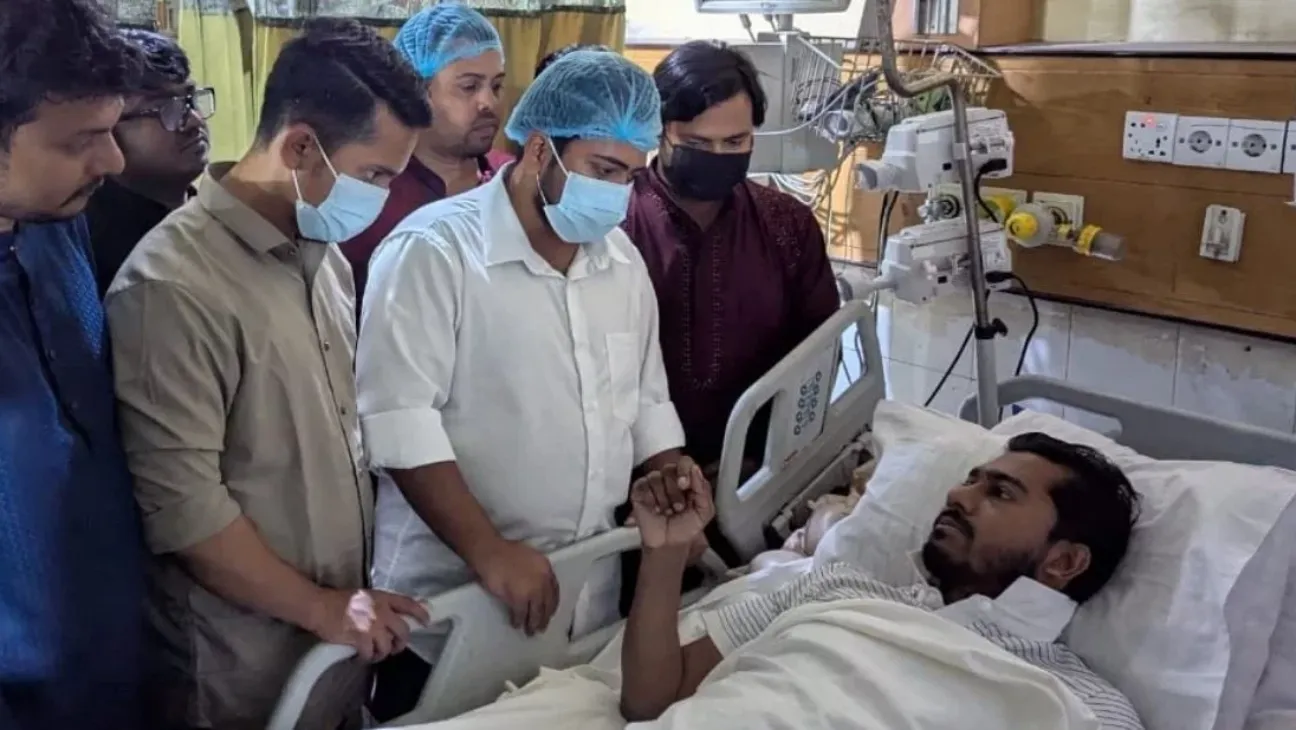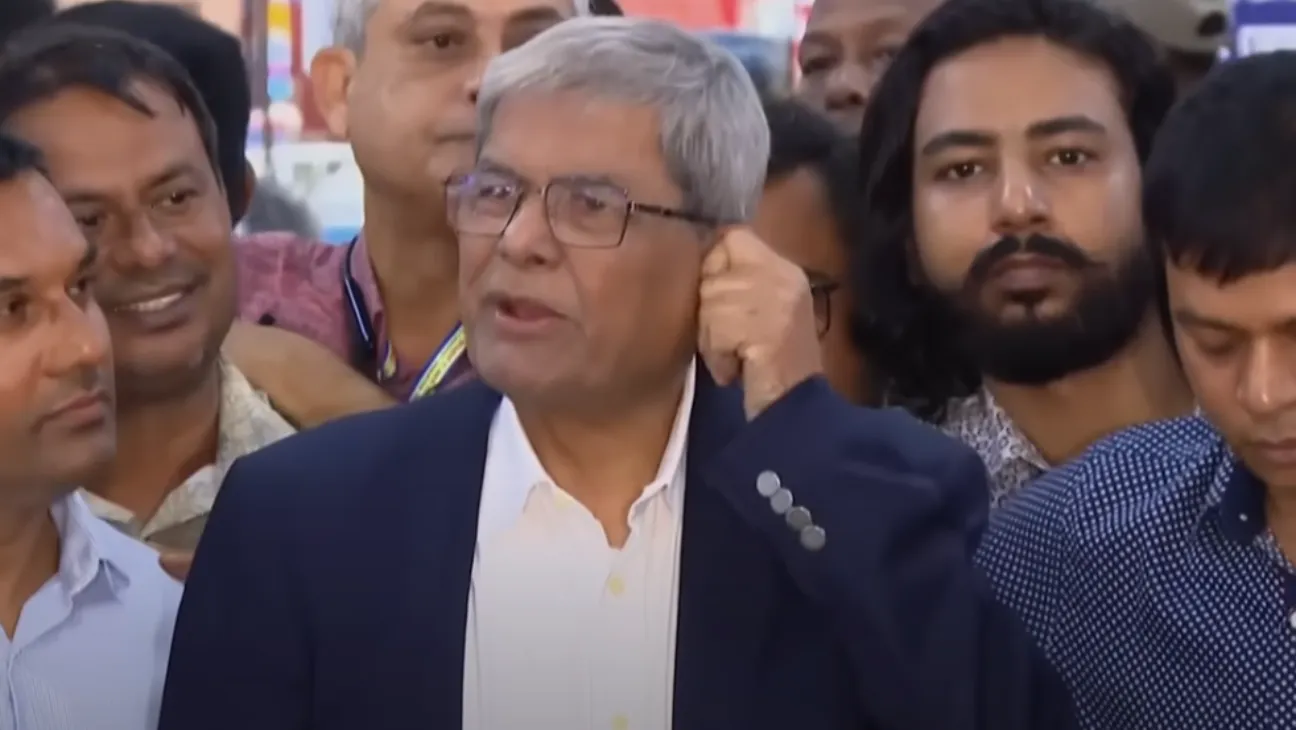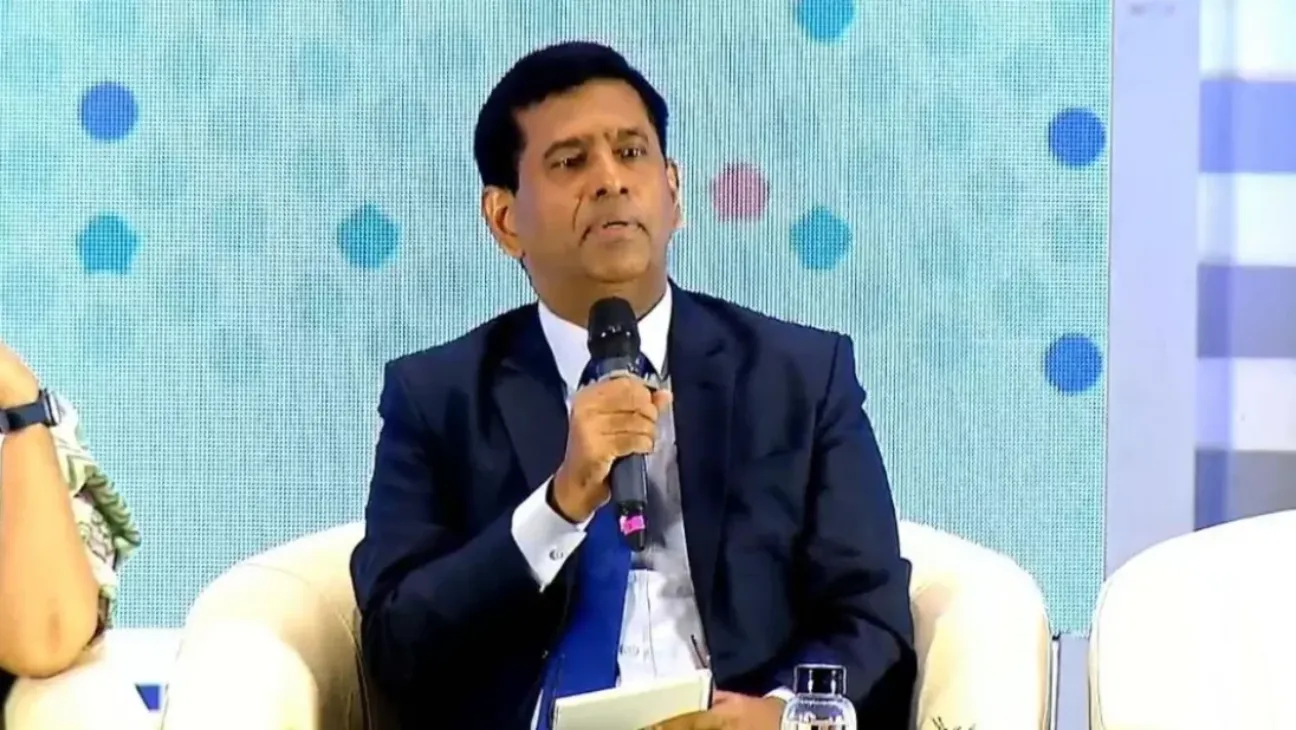Russia launched more than 500 drones and missiles across Ukraine on Sunday, marking one of the most intense aerial attacks in recent months, according to Ukraine’s Air Force.
Officials reported that air defense systems intercepted nearly half of the incoming threats. Despite those efforts, three people were killed.
The barrage included Shahed drones and other long-range weapons, many of which targeted residential areas.
In a neighborhood hit during the strikes, one woman described the moment she realized the drone wasn’t passing overhead.
“Usually we just hear them flying by,” she said. “The sound fades. But this one got louder. Constant. No change in direction.”
She paused before continuing. “It was coming straight at us. I thought maybe it wasn’t a Shahed drone. I’d never heard one that close. Then came the explosion.”
The blast struck a nearby home.
She and her husband made it out alive. Their neighbors weren’t so lucky.
“My husband talked to them now and then. They were kind people,” she said. “And now they’re gone.”
The couple’s child had stayed the night with grandparents.
“I’m so thankful our child wasn’t home,” she added. “They didn’t have to hear that. They didn’t have to see it.”
Ukrainian officials say the scale of the assault highlights Russia’s ongoing strategy to target civilian infrastructure and residential zones, especially with drone swarms that complicate interception efforts.
The Air Force said some cities were spared the worst thanks to air defense systems. But the sheer number of weapons launched overwhelmed some areas.
There was no immediate comment from Russia on the reported civilian deaths.
The attack comes amid growing tensions over Western military aid and Ukraine’s capacity to maintain its air defense shield as Russian forces press forward.
For residents, the strikes have become routine—but this one felt different.
“Some nights we just sit in silence afterward,” the woman said. “It’s not fear anymore. Just waiting to hear who didn’t make it.”
The government announced plans. The people searched through rubble. That was the story on Monday.
While officials in Kyiv focused on reinforcing shelters for whatever comes next, families on the ground were still living through the current nightmare—sorting through the remains of their homes, clinging to what’s left.
For them, talk of the future feels distant, almost irrelevant. What matters now is the loss staring them in the face.
“We’re alive,” she said. “But our neighbors aren’t. That doesn’t get easier to say.”

